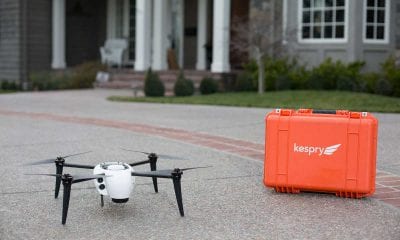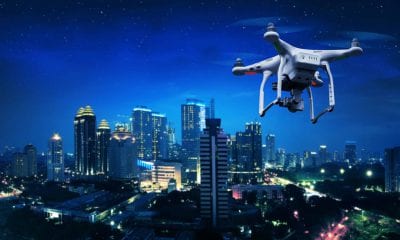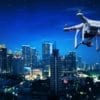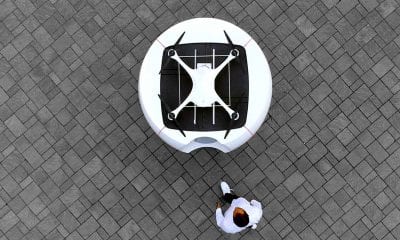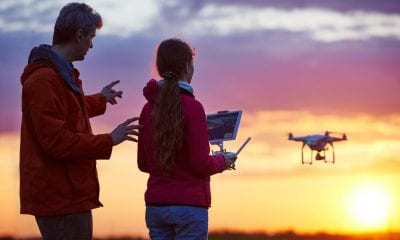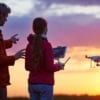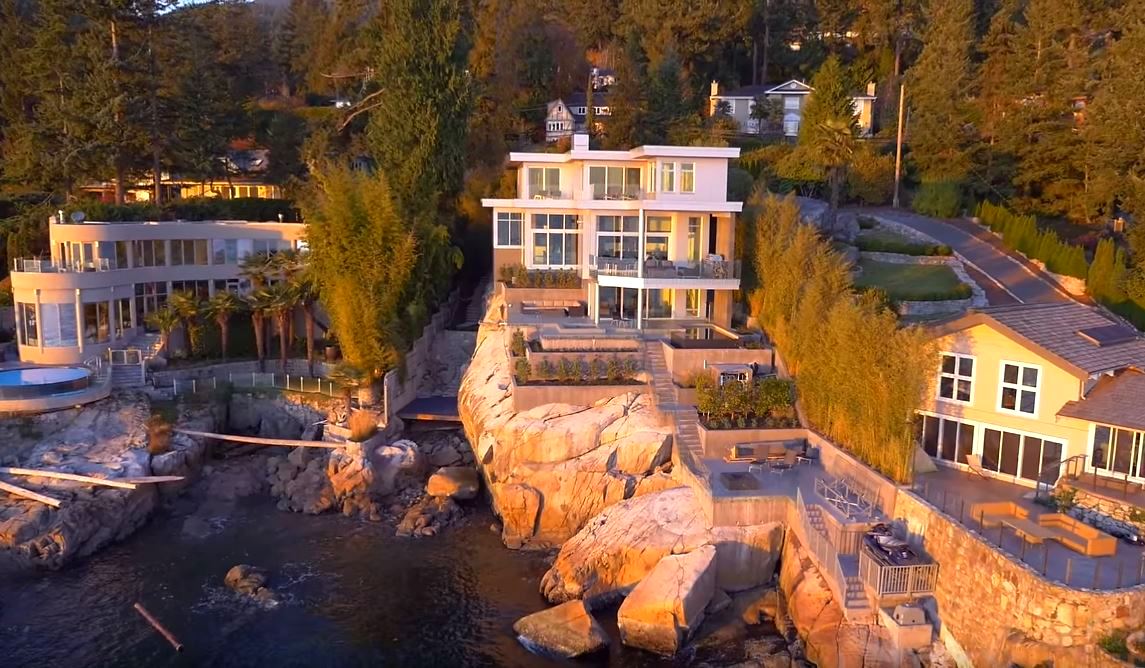
Drone Hive
Drones for Real Estate Marketing
Drones for Real Estate Marketing
Use of drones is becoming increasingly common across various sectors. Real Estate is one of the areas to have discovered the growing prowess of these unmanned aerial vehicles. As per the FAA, real estate accounts for 26% of the commercial use of drones in the US, only behind aerial photography.
An increasing number of real estate professionals are utilising drone photography and videos to better market their listings. Flight regulations, improved affordability and simpler data processing are aiding in the increased penetration of drones.
Real Estate Marketing
Real Estate marketing like any other marketing activity requires a lot of planning and is highly dependent on being creative to attract potential buyers or clients. The idea is to attract the potential buyer’s attention and to encourage them to spend a longer time viewing the property. In a very competitive real estate market, it is imperative for the marketing agents to differentiate their offerings or advertisements. Value added services such as high-quality photos and property videos can pay huge dividends, if highlighted effectively.
Making a Difference
Drones offer high quality aerial imagery at relatively reasonable costs, which has driven the growing popularity of drones. Drones can also be used to develop property maps and surveys. Depending on the equipment used, drones can be used to either shoot stills or videos or both.
The drones need to be fitted with reasonable good camera equipment and be able to operate in different weather conditions. Easy maneuverability is helpful, as these drones may face a variety of obstacles, including trees, power lines or other buildings.
Drones have the ability to move effortlessly above areas that are otherwise difficult to access. Gimbals are a useful feature to have in drones, as they help keep the camera steady. It is preferable to allow the drone to move in the direction of air current, as it improves the efficiency of the drone and the quality of the footage. Commercial-use drones have automated flight planning tools which use GPS and waypoints to define specific drone paths, heights and camera views.
Thermal cameras and other sensors can be used to take a detailed look at separate parts of a building, with colour variations identifying places with differing temperature gradients. Smaller drones are now able to fly indoors, thereby providing an option to create a presentation of the interiors of the property as well.
Drone photography and video offers an interesting and unique perspective to viewing a property. They can assist in the buying and selling process by providing additional visual information to the client. Camera drones and Glidecams (ground-based drones) are being used to create high definition tours of properties and their surroundings.
So, how can drones add value to what real estate agents do?
The aerial capabilities and the flexibility of movement and positioning of drones allow the agents to capture a broad range of details, such as the neighbouring area, nearby developments, overall surrounding and accessibility, the aerial view of the property and even the roof top condition.
Drones can help improve the real estate marketing process in a number of ways:
- Aerial inspection of property, at a reasonable price – Drones can capture images at high resolution, compared to aerial survey and satellites. Drone photography from professional service providers could cost approx $250 and above, while basic aerial video costs start from $400 plus.
- Trendsetting – Given the growing appeal of drone photography, its usage in listings is likely to improve the profile of both the listing as well as the agent involved.
- Improved visibility of larger properties – For large and unique properties, drones can help provide a better overall picture of the property and highlight its potential. For an expansive property, drone visuals can capture the land holdings and additional buildings or structures within the property.
- Personalised property view – A drone video can provide a live-like experience of the property and its surroundings even before the client actually visits the property, thereby improving its initial appeal.
- Video tour of surroundings – This can be helpful for clients who are new to a particular area. The best features of the surrounding areas can help improve the overall attractiveness of the property.
Issues with Drone Usage
There are a few major concerns related to the use of drones in real estate. While a real estate agent may have the requisite permission from the authorities, there are still other issues that need to be taken care of:
- Privacy – While a property owner may have permitted obtaining drone footage for his/her property, neighbours may raise concerns over invasion of their privacy.
- Safety – There is a possibility of drones crashing and/or causing harm to people/property. Also, properties located close to designated no-fly zones warrant careful drone usage, with any violation likely to lead to heavy fines.
- Noise – Noise emanating from the drones could interfere with ground level activities, and so may need to be scheduled or operated accordingly.
Rules and Regulations
Many countries have implemented or are in the process of implementing rules for drone usage. While these rules are general in nature, they apply to the use of drones in real estate as well.
In the US, the FAA rules require drones to: i) weigh less than 55 pounds; ii) be registered with the FAA; iii) fly only during daytime and under 400 feet; iv) be within sight and operated from a fixed base. There are designated no fly zones for drones, including 5 miles from any airport and close to stadiums or events. The elimination of restrictions (such as waiver of pilot license requirements) in 2016 has allowed the rapid inclusion of drones in real estate business.
In Australia, limitations on commercial usage of drones were relaxed recently, allowing real estate businesses to utilize drones in creating their presentations.
Common Drones
Two of the popular models used by real estate agents are DJI’s Phantom and Inspire. Both these model have features such as GPS, automatic return and HD video among others that are pertinent to use in real estate.
The Future
Some claim drones are the most important new technology since the internet that has the potential to change the real estate marketing landscape. Early adoption of drones could make a significant difference to the business of a real estate agent, as it could help the marketing material stand out from competition.
Well-designed and professional drone footage can generate a lot of interest and admiration that can significantly accelerate the lead to acquisition process for an agent. Using drones also makes practical sense from the agent’s perspective. While returns on investment can be quite high if used effectively, initial investments are also not prohibitive. A professional camera drone is available for just over $1,000, and with a little bit of training and requisite approvals, an agent can film all his listings.
With formal regulations being adopted in many countries, the adoption of drones is likely to escalate in the coming years.



